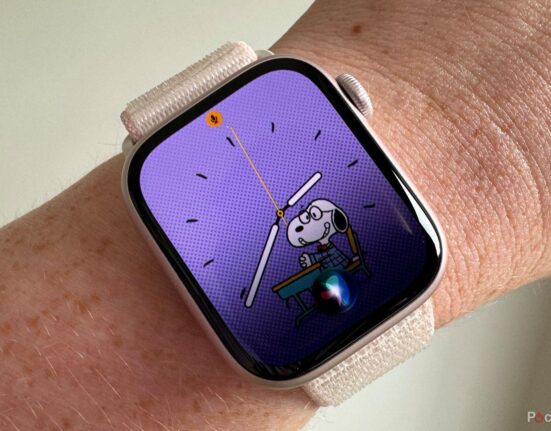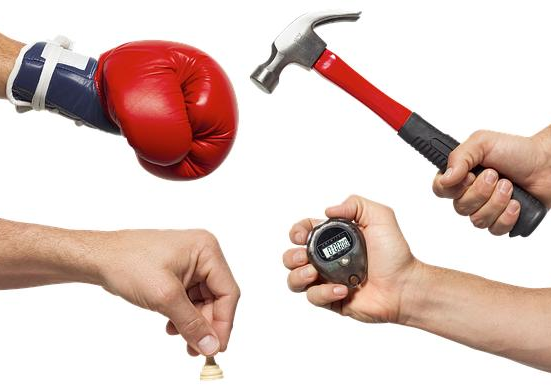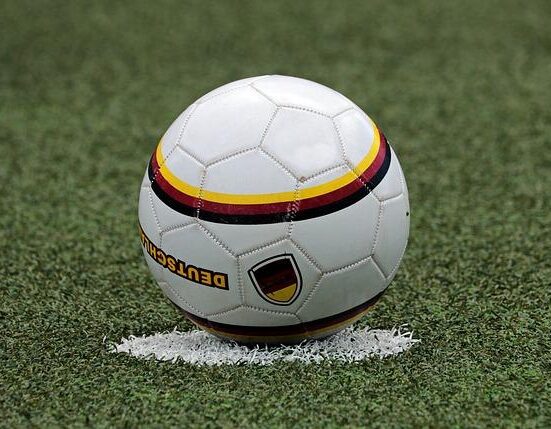In the ever-evolving landscape of sports technology, innovation often hinges on one critical factor: understanding the body’s capabilities and limitations. As athletes and fitness enthusiasts strive to push the boundaries of their performance, the demand for advanced training tools has surged. Enter the realm of sports watches—sleek, multifunctional devices that not only tell the time but also serve as powerful allies in the pursuit of peak physical performance. Among the myriad of features offered, two metrics stand out as vital indicators of athletic prowess: VO2 max, the gold standard for gauging cardiovascular fitness, and recovery, a crucial aspect of any training regimen. In this article, we delve into the most innovative sports watches designed specifically to track these key metrics, exploring how cutting-edge technology can enhance your training experience, inform your recovery strategy, and ultimately help you achieve your fitness goals. Whether you’re a seasoned athlete or a weekend warrior, these groundbreaking devices are set to revolutionize the way you train, compete, and recover.
Revolutionizing Performance: The Science Behind VO2 max Tracking
Understanding the intricacies of VO2 max is essential for athletes and fitness enthusiasts aiming to enhance their performance. This metric measures the maximum amount of oxygen your body can utilize during intense exercise, serving as a key indicator of cardiovascular efficiency. By tracking VO2 max, users can identify their fitness levels and tailor their training programs accordingly. Advanced sports watches utilize sophisticated algorithms and sensors to provide accurate real-time measurements, making it easier to analyze how different workouts affect cardiovascular health. For top-tier athletes, the insights derived from VO2 max tracking can be the difference between peak performance and plateauing, allowing for personalized training adjustments and recovery strategies.
Moreover, the integration of VO2 max tracking into wearable technology goes beyond just numbers; it cultivates a deeper understanding of recovery processes. Recovery is fundamentally linked to aerobic capacity, as a higher VO2 max typically correlates with quicker recovery times post-exercise. Sports watches now come equipped with features such as:
- Heart Rate Variability (HRV) monitoring: Offering insight into your body’s readiness for the next workout.
- Training Load analysis: Helping athletes find the sweet spot between pushing limits and overtraining.
- Customizable Recovery Plans: Tailoring rest days and active recovery sessions based on VO2 max outputs.
As this technology continues to evolve, athletes can expect even more precise metrics and analytics, enabling them to harness their physiological data for optimal training outcomes.

Top Contenders: Innovative Sports Watches Redefining Recovery Metrics
The landscape of sports watches has undergone a remarkable change, with brands pushing the boundaries of technology to enhance athletic performance. Among the most notable features is the ability to accurately measure VO2 max, a crucial indicator of cardiovascular fitness. Leading contenders in this space have integrated advanced algorithms and sensor technology to provide real-time recovery metrics, allowing users to tailor their training regimens effectively. Key innovations include:
- Advanced heart Rate Monitoring: Continuous tracking provides deeper insights into exertion levels.
- GPS and Altitude Sensors: Helps assess performance in varying terrains,enhancing the analysis of recovery.
- Personalized Recovery Recommendations: Tailoring advice based on accumulated fatigue and workout intensity.
Moreover, many of these innovative devices come equipped with user-friendly mobile applications that sync seamlessly with the watches, empowering athletes with data-driven insights at their fingertips. The push for recovery optimization has led to essential features, such as sleep tracking and stress monitoring, which are crucial for comprehensive recovery analysis.Here’s a snapshot of some standout models:
| Watch Model | VO2 Max estimation | Recovery Insights |
|---|---|---|
| Garmin Forerunner 955 | Yes | Recovery Time Advisor |
| Polar Vantage V2 | Yes | Training load pro |
| Suunto 9 Peak | Yes | Performance Status Tracking |
| Apple Watch Series 8 | Yes | Advanced Sleep Tracking |

User Experience and Design: Choosing the Right Fit for athletes
When selecting a sports watch, athletes must consider how user experience and design directly impact performance tracking and motivation. A watch that feels comfortable and intuitive can make a significant difference during training sessions. Look for devices that feature:
- Easy-to-navigate interfaces, allowing for quick adjustments without distraction.
- Lightweight designs that minimize fatigue during extended wear.
- Clear, vibrant displays that are easy to read in varying lighting conditions.
- Customizable watch faces that let users prioritize data layout based on personal preference.
Furthermore,the aesthetics of the watch should not be overlooked; a sleek and modern design can boost an athlete’s confidence and enthusiasm. Selecting a watch with durable materials is equally vital for long-lasting performance,especially for those engaged in high-impact sports. Consider the following aspects while making a choice:
| Feature | Importance |
|---|---|
| Water Resistance | Essential for swimming and wet conditions |
| Battery Life | Ensures longevity during extended workouts |
| Compatibility with apps | Enhances data analysis and integration with training programs |
| Heart Rate Monitoring | Crucial for tracking effort levels and recovery |

Maximizing Your Potential: Integrating Data Insights into Training Regimens
In today’s fast-paced world of athletics, leveraging data insights is essential for athletes looking to enhance their performance. Sports watches designed to track metrics such as VO2 max and recovery times are invaluable tools in a modern training regimen. By continuously monitoring these physiological parameters, athletes can gain a deeper understanding of their endurance levels and recovery patterns. This data not only helps in setting realistic training goals but also allows for adjustments to be made in real-time, ensuring optimal performance during training and competition.
Integrating insights from sports watches can facilitate a comprehensive approach to training, enabling personalized regimens that cater to individual needs. Key benefits of utilizing these devices include:
- Improved Performance: Tailoring workouts based on precise data helps in maximizing output.
- Better Recovery: Monitoring recovery rates facilitates adequate rest periods, reducing the risk of overtraining.
- Informed Decisions: Data-driven insights enable athletes to make educated adjustments to their training strategies.
To showcase how top sports watches stack up in terms of VO2 max tracking and recovery metrics, the following table provides a quick comparison:
| Watch Model | VO2 Max Tracking | recovery Time Estimation |
|---|---|---|
| Garmin Forerunner 245 | ✓ | 24-48 hours |
| Polar Vantage V2 | ✓ | 12-48 hours |
| Apple Watch Series 7 | ✓ | Variable |
| Fitbit Charge 5 | ✗ | 24 hours |
Concluding Remarks
as technology continues to intertwine with athletic performance, the innovative sports watches highlighted in this article stand as pivotal tools for athletes aiming to optimize their training regimens. By accurately tracking VO2 max and providing invaluable insights into recovery, these devices not only enhance performance but also contribute to a deeper understanding of the body’s capabilities. Whether you’re a seasoned athlete or a motivated beginner, investing in one of these cutting-edge watches could be the key to unlocking your full potential. As you embark on your fitness journey, remember to embrace the data, listen to your body, and redefine the limits of your performance.after all, in the realm of sports, knowledge is as crucial as endurance.













Leave feedback about this